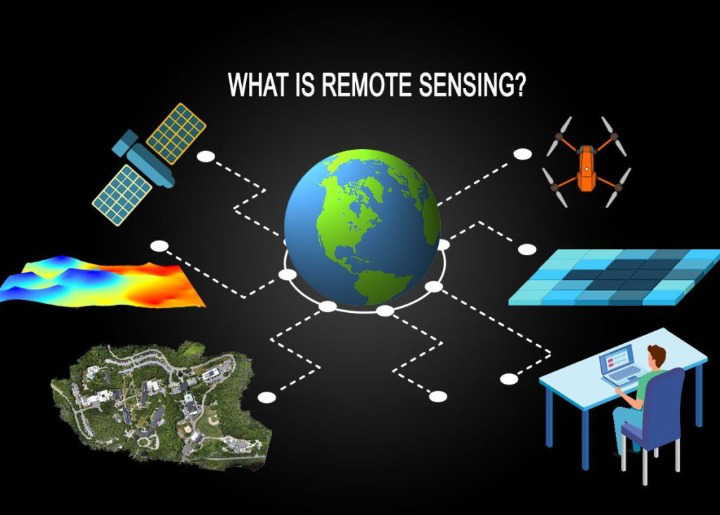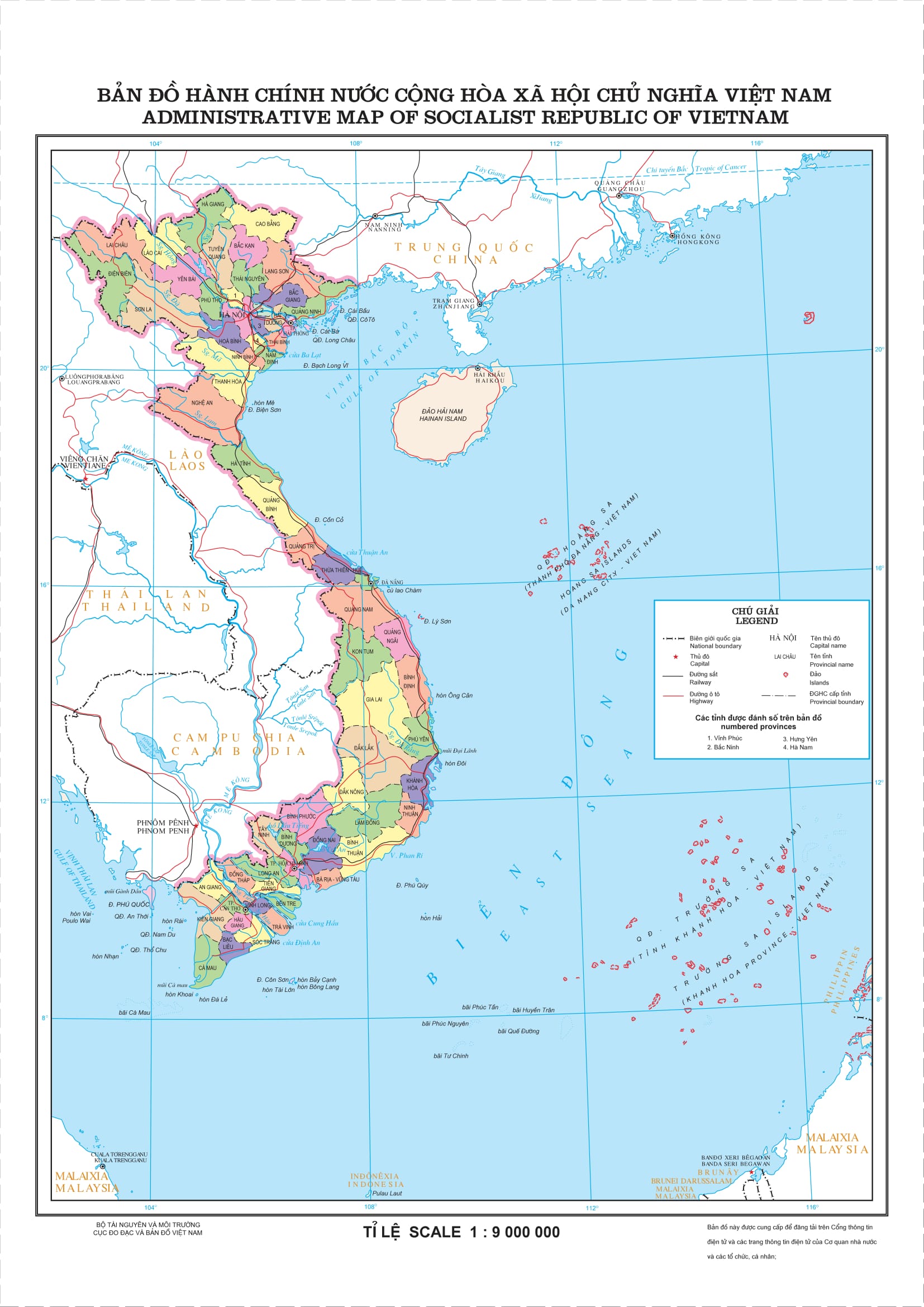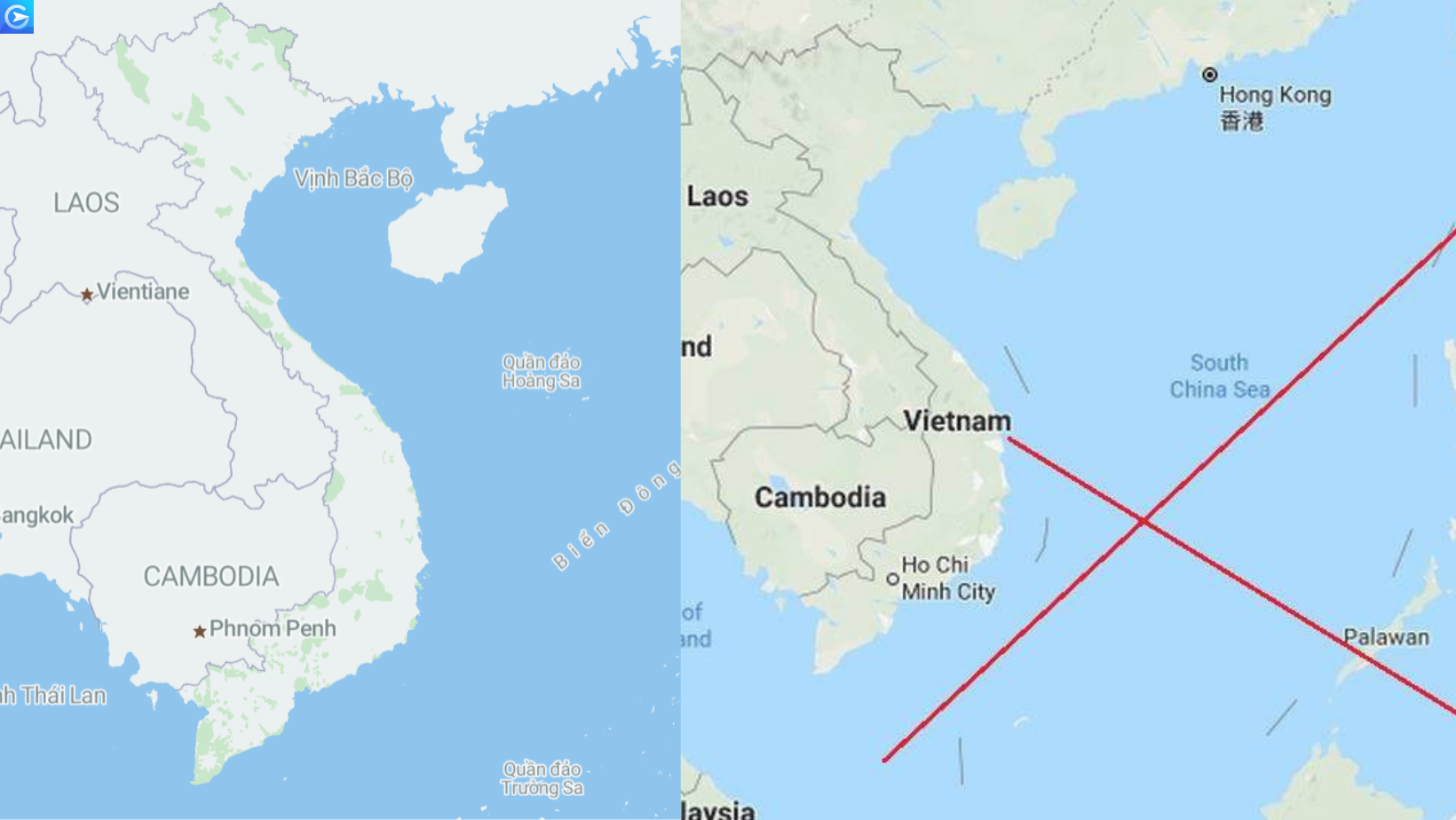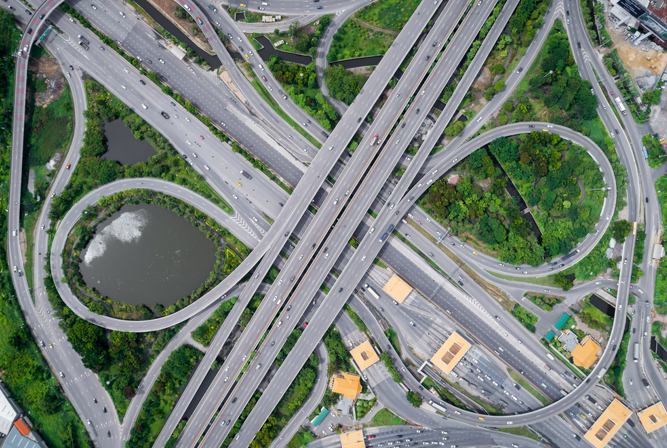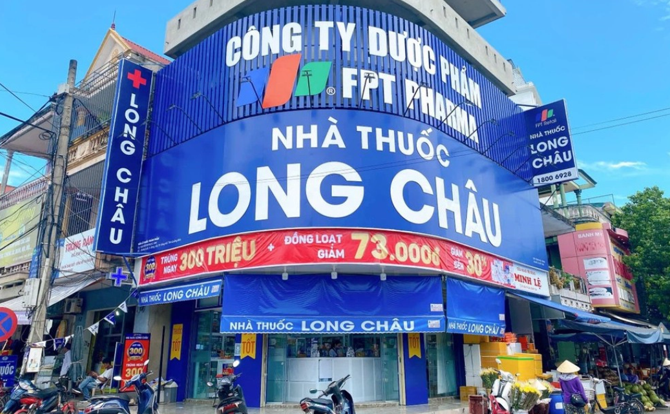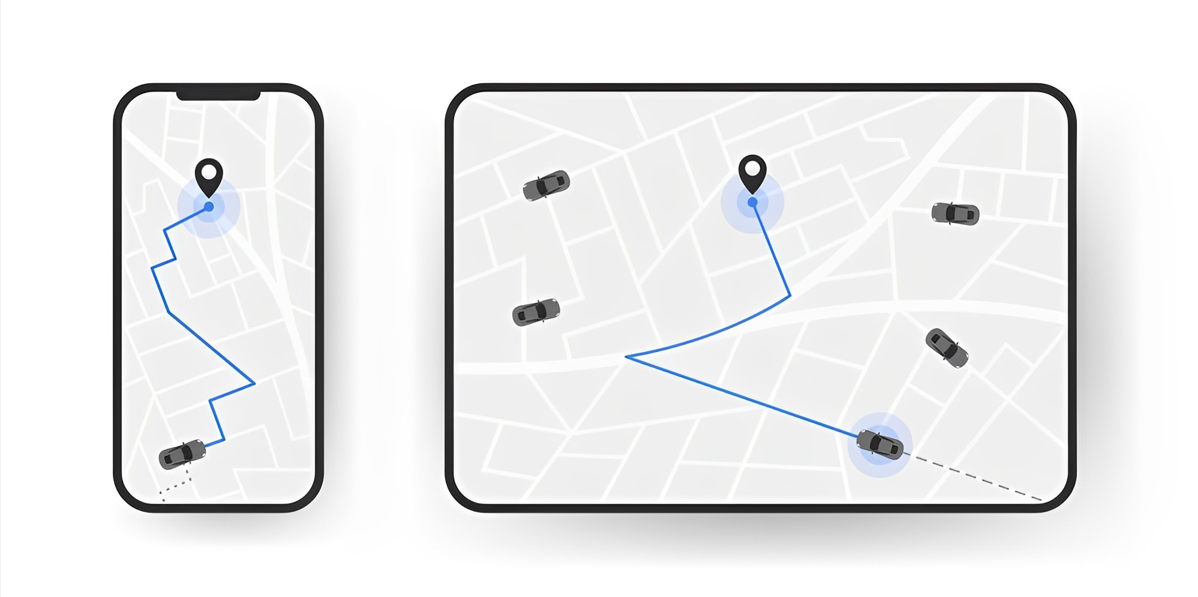
The necessity of fuel efficiency
Currently, the instability of fuel prices (gas/diesel) is a major factor causing challenges in managing and balancing costs within the transportation industry. According to a report by the Road Administration, fuel costs represent around 30-35% of the total operating costs in road transportation, making it one of the largest expenses in this service-oriented business. Consequently, it is essential to save on fuel expenses in order to optimize costs.
One of the most common methods for reducing fuel-related costs is to minimize fuel consumption. An effective and widely-used approach to fuel optimization across the fleet is to train drivers to drive more fuel-efficiently, potentially resulting in savings of hundreds of millions of Vietnamese dong per vehicle annually. Additionally, this approach can lead to reduced accident risks and fewer vehicle breakdowns.
Several fuel-saving tips that you need to know
Gently accelerate
The more aggressively you accelerate, the more fuel is wasted due to tire rolling resistance and air drag. The vehicle’s engine interprets the demand for increased power, burning more fuel than necessary to achieve a similar speed as gradual acceleration.
Maintain a steady speed, avoid heavy or sudden braking
Continuously switching between high and low speeds will result in higher fuel consumption. Although different vehicles have optimal fuel consumption rates at various speeds, fuel consumption typically rises sharply at speeds over 90 km/h. Gentle acceleration is advised when driving on highways.
Frequent and abrupt braking forces the vehicle to operate at a higher frequency and consume more fuel. Instead, gently release the accelerator to allow the vehicle to decelerate gradually, then gently apply the accelerator. Aside from fuel efficiency, this practice reduces wear and tear, increasing the likelihood of arriving at traffic lights when they turn back to green.
Route optimization
Careful route planning is a crucial factor in ensuring on-time delivery and fuel efficiency. Optimizing a route allows for minimizing distance by planning ahead and finding the shortest path.
Efficient fuel usage is a significant part of cost-saving for businesses. However, this alone may not yield significant savings, especially when your delivery services involve a large team of drivers.
At Goong, we provide various optimization solutions for each step in your delivery business process. We focus not just on designing an efficient distribution network but also on intelligently coordinating orders to ensure deliveries are made to the right place at the right time.
We understand that the delivery process involves multiple stages. Fuel efficiency is one of the benefits that businesses may gain from our solutions. Goong encourages users to carefully consider how their business operates in each stage and compare it with the solutions we provide to find ways to optimize costs for their business.
Related article:https://goong.io/tin-tuc/ban-do-so-la-gi-loi-ich-dem-lai-tu-ban-do-so/
https://goong.io/tin-tuc/map-api-la-gi-xu-huong-tich-hop-map-api-vao-logistics/
What solutions has Goong brought for fuel efficiency and cost optimization?

Redesigning distribution network
In some cases, drivers have to make many trips back and forth throughout the day because the warehouse/distribution point is too far from the customers? In this case, it may be more effective if the warehouse is located in a better position and recoups the additional costs by saving fuel.
Are drivers getting stuck in traffic during peak hours at key intersections? By using real-time maps and the Goong API, we can send useful alerts to help drivers determine the appropriate route and departure time to ensure delivery plans while still saving fuel and costs. In addition, the Goong API is also a tool for real-time efficiency monitoring – helping businesses manage order coordination and monitor the location of drivers, thereby facilitating accurate decision-making in route optimization.
Designing a distribution network needs to be carefully considered and objectively assessed. Sometimes, redesigning the network may incur some initial costs, but it brings long-term benefits in terms of saving daily operational costs and fuel.
Goong provides tools to intelligently and effectively redesign distribution networks. Goong APIs will help you reassess the current location and suggest changes to optimize delivery, minimizing unnecessary travel distance.
Allocation
You can utilize Goong’s Distance Matrix API to select the best driver to complete a delivery based on the distance or travel time to the pickup or drop-off points. For drivers with multiple orders, the optimization API helps rearrange stops to save time and distance. Current warehouses have saved up to 20% of fuel each day through optimized routes.
Delivery
Utilize the power of Navigation to provide optimal routes for drivers. Minimize driving time by linking pickup and drop-off points, enabling drivers to complete tasks more efficiently while being able to monitor their performance.
Solution that helps save for both businesses and the environment
The trend of establishing a green logistics system is an essential trend that the world is moving towards. Optimizing the delivery process while adapting to fuel-saving driving techniques not only improves efficiency and saves fuel costs but also makes the logistics system greener.
Optimizing the delivery process involves streamlining operations, minimizing idle time, and avoiding unnecessary detours. By leveraging technological solutions such as Navigation provided by Goong, businesses can route drivers optimally, ensuring they reach their destinations quickly.
Additionally, applying fuel-saving driving techniques can contribute to energy savings and environmental protection. Encouraging drivers to employ techniques like smooth acceleration and deceleration, maintaining a steady speed, and reducing engine idling time can significantly reduce fuel consumption and emissions.
The benefits of implementing these practical activities extend beyond cost savings. By reducing fuel consumption, businesses can lower carbon emissions, contributing to a cleaner and healthier environment.
Let’s work with Goong to create a more efficient, greener, and cost-effective logistics system.
 30/06/2023
30/06/2023 


